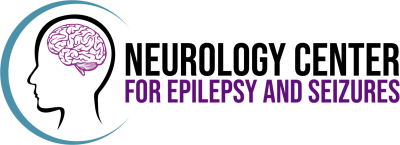Can problems in your inner ear really trigger seizures? The link between balance and brain…

What Is Autism Spectrum Disorder?
What is autism? That is a great question. Autism is a neurodevelopmental spectrum disorder that impacts communication.
In the last several years, the medical community has dramatically changed its approach to autism. Those changes have resulted in many people who would not previously have been diagnosed getting an autism diagnosis. They have also resulted in some therapeutic approaches that have helped people with autism coexist with neurotypical people. One of reasons that this has been helpful is the increased knowledge about autism among the general public.
Autism is what is known as a spectrum disorder. That means that people can have some or all of the signs of autism, but at varying intensities. Some symptoms of autism include
- Deficits in speech
- Deficits in social communication
- Repetitive (obsessive or compulsive) behaviors
Those symptoms can seem very broad. In babies, you may notice
- Lack of eye contact
- Failure to respond to their name
- Failure to respond to or make facial expressions
In toddlers, you may notice
- Failure to play interactive games
- No sharing interests
- No gestures like waving hello or goodbye
- No pointing out things
- Not noticing when others are hurt
- No group play
- Physical delays
- Cognitive delays
In preschoolers you may notice
- No imaginative play
- No singing, dancing, or acting
- Cognitive delays
- Physical delays
People with all ages may show an intense interest in things. They may
- Line up toys or objects
- Want things a particular way
- Focus on parts instead of the whole
- Echolalia
- Following certain routines
- Getting upset with minor changes
- Stimming
- Sensitivity to sounds
- Sensitivity to textures
Treatments
Autism is not curable. However, it is possible to help people with autism adapt more to a neurotypical world. However, the goal of early intervention is not just to force people with autism to adapt, but also to give their parents, caregivers, and educators the tools they need to adapt to the person with autism’s own particular individual needs.
One treatment for autism is ABA therapy. ABA stands for Applied Behavioral Analysis. It is designed to get people with autism to respond in ways that are considered socially acceptable by the mainstream. It can be a controversial therapy. Some people think it results in masking behaviors that increase stress for people with autism. For other people, it can be critically important.
Co-Occurring Conditions
Many people with autism also have other neurological conditions. Those can include
- Epilepsy
- Seizures
- ADHD
- Anxiety
Treating those conditions may help people with autism thrive.
Neurology Knowledge Center – Autism Spectrum Disorder



